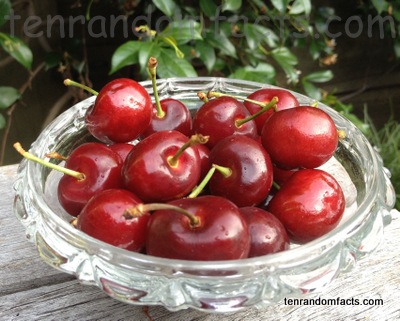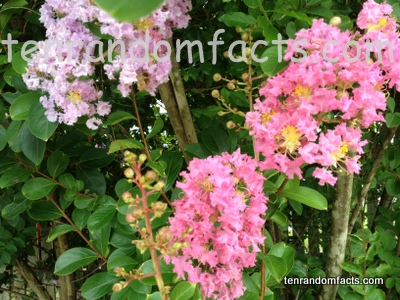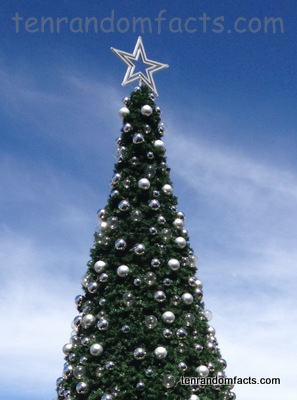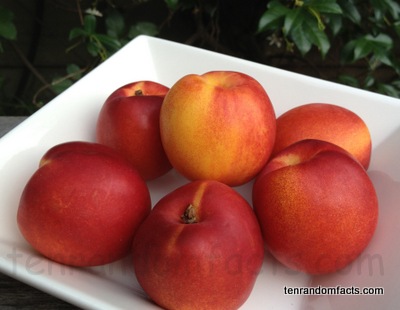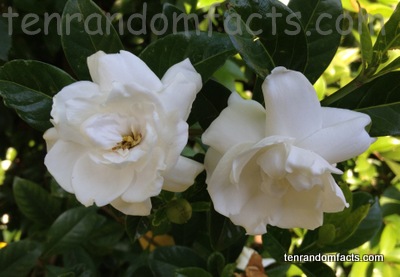
Named after a ‘Garden’.
- Gardenia are small evergreen trees or shrubs, and grow between 1-15 meters (3.3-49 feet) tall.
- 142 species have been discovered in the gardenia family.
- Gardenia are native to Africa, Australasia and Oceania tropics.
- Gardenias belong to the coffee plant family, ‘Rubiaceae’.
- Gardenia flowers have a strong, pretty, sweet smell.
- The gardenia flower is the national flower of Pakistan.
- The gardenia was named after Dr Alexander Garden, a famous botanist, who was also a zoologist and physician.
- The fruit of the gardenia is sometimes used in Chinese medicine.
- If water touches gardenia flowers, the flowers will turn a coffee coloured brown.
- Flowers of the gardenia are typically white or pale yellow.




